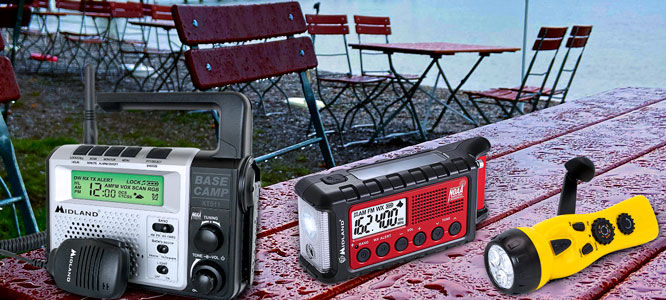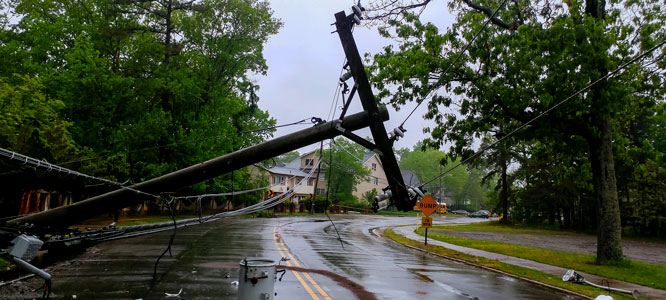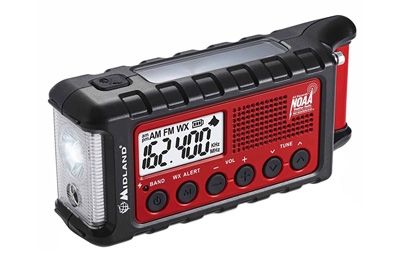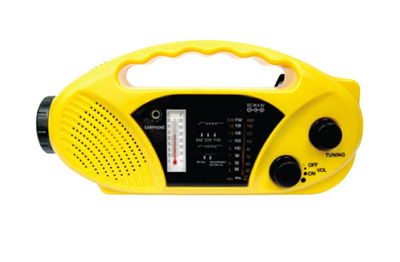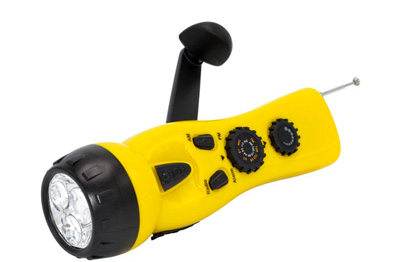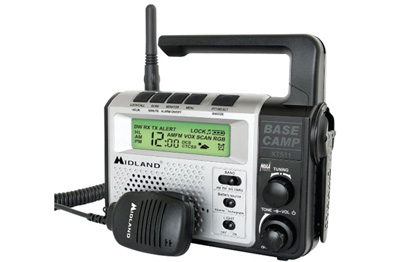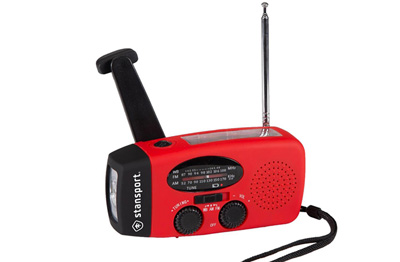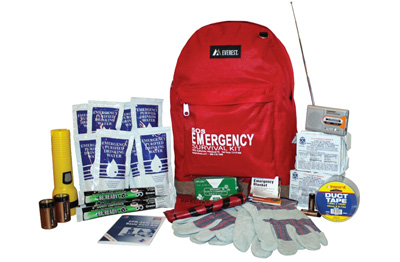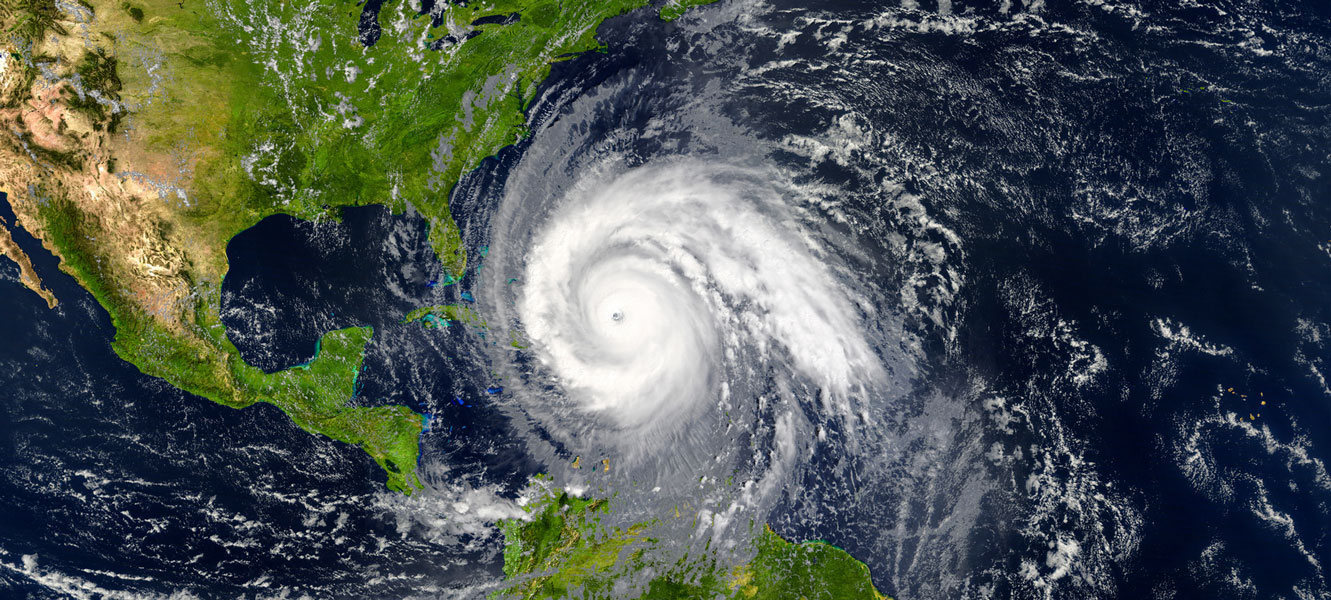
HurricanesWednesday, November 3, 2021 Hurricanes are a threat to those living along the Southern Atlantic Coast and the Gulf Coast and, less often, along the Northeast coast. Hurricanes that affect the United States develop in the Atlantic Ocean, traveling at roughly 15 miles per hour across the sea. Hurricanes can be several hundred miles across and often pass through a number of Caribbean countries before making landfall. According to CNN, 117 hurricanes have touched down in Florida from 1851-2017. That's almost twice as many hurricanes as the second state on the list: Texas (64). Third and fourth on the list of most frequent hurricane hits are Louisiana (54) and North Carolina (51). Every state that borders the Atlantic Ocean or Gulf of Mexico, with the exception of Delaware, was affected by at least two hurricanes during the surveyed period. Anatomy of a Hurricane
Hurricane winds move around an eye, the central part, in a counter-clockwise direction in the Northern Hemisphere and a clockwise direction in the Southern Hemisphere. This occurs because air moves from high-pressure areas to low-pressure areas.
Types of DamageIn addition to heavy rain and high winds, hurricanes cause what is called a storm surge. A storm surge caused by a hurricane usually causes the most damage because of the amount of flooding that can result. A storm surge results from winds pushing seawater to much higher levels than normal, similar to how a tsunami causes immense waves. How to PrepareFirst, stay alert to news and emergency broadcasts for the latest forecasts and warnings, especially during hurricane season. Ensure that you know right away whether government officials have made any evacuation orders. If you are asked to evacuate, do so. Have a go-bag ready if you do need to evacuate. This can include: Have a go-bag ready if you do need to evacuate. This can include:
Prepare your home or place of business for the hurricane.
If you are remaining in the area, be prepared for power and water outages.
Evacuating with Elderly or Immobile Persons & Pets
Hurricanes are a severe weather event. Even if you personally believe an incoming hurricane will be downgraded to a tropical storm, do not remain in an unsafe location if you've received a hurricane warning and been advised by authorities to evacuate. |


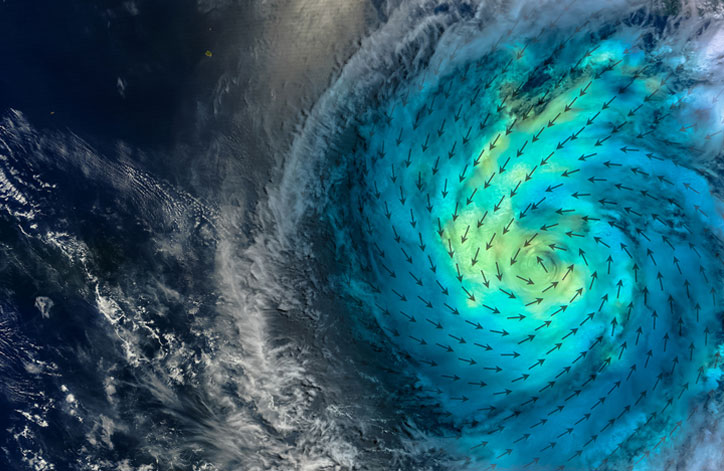 Once a hurricane hits land, it begins to decrease in strength because its source of fuel, warm and moist air, is diminished. However, a hurricane's damaging wind and heavy rain can be powerful enough to cause significant damage even hundreds of miles inland. The wind speed of a major hurricane can reach over 150 miles per hour.
Once a hurricane hits land, it begins to decrease in strength because its source of fuel, warm and moist air, is diminished. However, a hurricane's damaging wind and heavy rain can be powerful enough to cause significant damage even hundreds of miles inland. The wind speed of a major hurricane can reach over 150 miles per hour.
